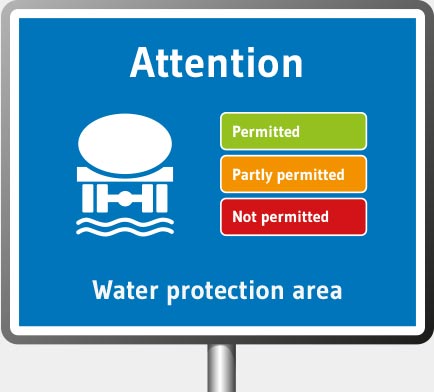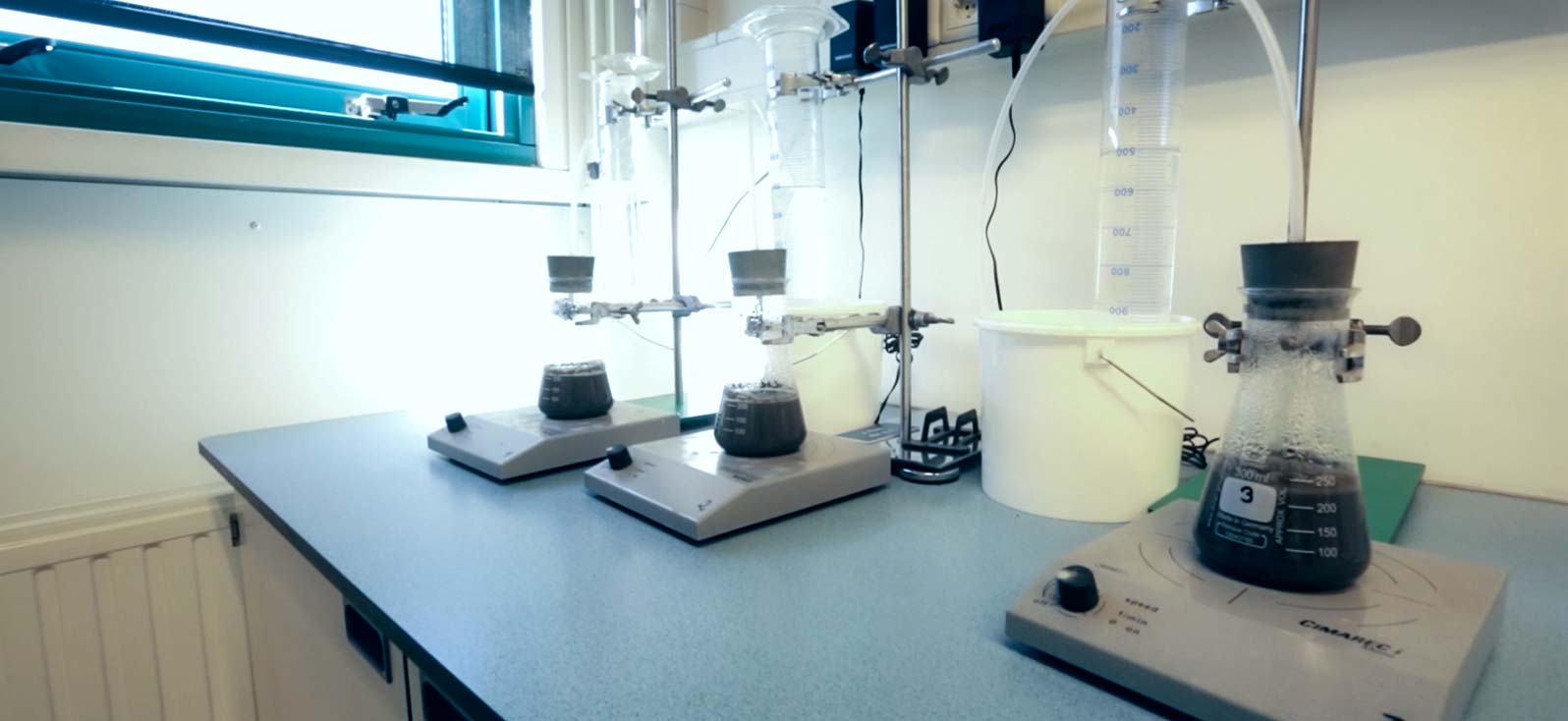General environmental conditions for use
A solid set of technological regulation and detailed environmental rules comprises the framework in which GRANOVA is produced and used. Regarding the use of secondary construction material in roads or earthworks, national rules often comprise a differentiation of areas according to geological and hydrogeological site conditions (e.g. distance to ground water level, distance to water protection areas). Additionally, the kind of construction might be defined further, e.g. in certain areas, only the use of under watertight layers may be allowed. To get an impression of such rules, visit the detailed German page on environmental regulation as example here.
Based on national regulations and site detail, the rules can become less strict, allowing for a wider field of application, for example, some countries permit a smaller distance to the ground water level dependent on geological and hydrogeological site conditions and type of construction.
Regarding the use in landfill construction, the EU landfill directive, together with national regulations, will define the detailed requirements.

Decisive for the use of secondary aggregates such as IBA are hydrogeolocial and geological site conditions



